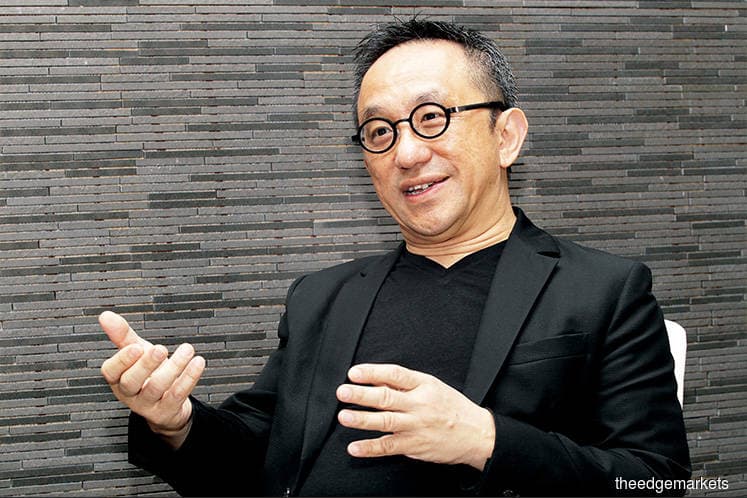
This article first appeared in The Edge Financial Daily on August 30, 2018
KUALA LUMPUR: Ireka Corp Bhd would focus on the last-mile connectivity to public transit moving forward amid a need for an improved public transportation in the country.
“Over the last few years, many megaprojects have been developed in terms of reconnecting cities. We have highways, the MRT [mass rapid transit], LRT [light rail transit] and even the monorail. What’s missing is the last mile. We feel it is not yet fully served,” Ireka group managing director (MD) Datuk Lai Voon Hon told a press conference after its annual general meeting yesterday.
He said the current focus for its core businesses — construction, property development and technology — is to see a better integration to promote its urban transportation business.
“The focus is trying to see how we can integrate that, to see how we can promote our urban transportation business. It will be our focus to develop this business aside from [being] busy on our core businesses. We see this area is untapped and it’s really needed now in our country to promote more public transportation,” he added.
Lai was referring to the memorandum of understanding (MoU) and share subscription agreement signed with CRRC Urban Traffic (Europe) Co Ltd, a member of China-based CRRC Group, which will study the viability of bringing in the autonomous rail rapid transit (ART) system to Malaysia.
A rail-less system for urban passenger transportation, similar to other guided busways, ART was developed CRRC Zhuzhou Institute Co Ltd and unveiled in China last year. It runs on roads just like a bus but only on designated paths, just like a tram. If implemented in Malaysia, it would be the first outside of China.
E-buses are another alternative solution for the last-mile connectivity. The MoU signed is for a two-year period and Lai said it is a realistic time frame for the group to obtain the relevant approvals to proceed.
On concerns over the reception from the new government focusing on cost-cutting measures including cancelling or delaying some infrastructure projects, Lai said the government has received the proposal in a positive manner.
“So far, the response has been positive. The reason is because we’re providing another option on the table in terms of solving [issues concerning] the urban transportation system.”
He added that with ART, the government has an alternative to consider as it is much cheaper than the LRT. “Typically, an ART system is about a quarter of what a monorail would cost.”
ART’s other advantages include flexibility as it can be scalable as the population grows. “We do not need to invest in the whole network of the ecosystem initially,” he noted.
Manufacturing and implementing the line for the system would also be much faster as it would take about 15 to 20 months for it to be completed. The group believes a successful adoption of the system locally would be a springboard for Ireka’s regional expansion in the urban transportation business.
In the near term, the group expects its construction arm to be the main driver of revenue. Currently, about 80% of the group’s earnings come from the construction segment, with the remaining 20% from the property segment.
On property development, Ireka, which previously focused on the high-end segment, will also push to develop medium-end residential homes in Nilai, Negeri Sembilan.
Ireka had entered into an agreement with Hankyu Hanshin Properties Corp, one of the largest affordable housing developers in Japan, to jointly develop the Dwi@Rimbun Kasia project in Nilai, featuring 382 residential units in a nine-storey block, and another parcel which will have 465 residential units in two blocks with 19 and 29 storeys.
Under the joint venture, Hankyu will have a 45% stake in Meadowfield Sdn Bhd, and Ireka the remaining 55%. “These projects will have a combined gross development value of over RM400 million,” said Ireka.
Lai said the property landscape remains robust although there is a huge mismatch between affordability and supply in the market.
“The demand for properties is still there but maybe in certain segments such as the high-end one, there might have been a bit of oversupply. So, what’s needed is for the industry to address such a mismatch between the affordability of buyers and the supply available in the market,” he added.